Dumpster Diving for Zines: An interview with Jesse Reklaw
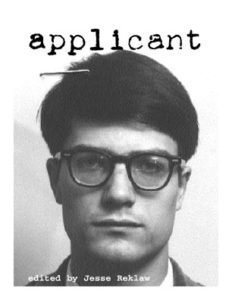

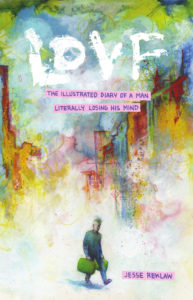
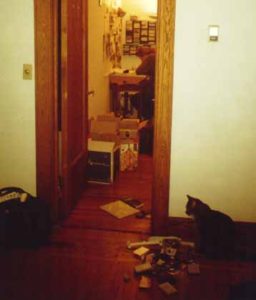
One of our oldest, cutest, funniest books is Applicant. Originally a zine that made the transition to bookdom after it sold gazillions of copies to guffawing survivors of the academic industrial complex. Creator Jesse Reklaw found a pile of old applications in the trash behind a major university, complete with photos of the applicants. He paired these photos with choice, typed comments made by the evaluating committee. And ohhh it was painful. The only other thing I’ve seen quite like it is the sadly now-defunct “Nice Guys of OK Cupid” blog. But in this case, we relate to the derided applicants and are angry at the smug, faceless judges that once, long ago determined their fates.
Reklaw, who has a new book coming out soon, answered some questions over email many years after the fact.
1. Applicant is one of our earliest books, and it still holds up painfully, hilariously well. Did any of the applicants pictured ever contact you? Do you get guilty emails from interviewers wanting to confess their application commentary sins?
Man, I wish I’d get guilty, confessional emails! How do I arrange that? I have earnestly tried not to connect with anyone pictured in Applicant; because I am afraid of getting sued. In fact, I recycled all the original files and deleted the names of the people from my computer (maybe also because I know I am a born stalker, and I did not want the temptation around). I do know a woman who got her Ph.D. in neuroscience from one of the future professors pictured in that book; she said he was a good guy. But still.
2. You’ve done a bunch of different kinds of books… mostly comics. Do you have a favorite genre or type or style or topic?
Yes, comics is my main thing. Applicant was kind of a fluke for me, inspired by my interest in zine culture. I actually made the whole thing in the summer of 1998, after I dropped out of grad school. In some ways I think of Applicant as my Meta Masters Thesis: my critique of grad school culture and what was for me a better alternative (dumpster diving). I have always preferred personal, raw, independent voices in publishing. So regarding comics, I’ve read a lot of autobio, graphic novel memoirs, and diary comics. Lynda Barry and John Porcellino are two of my heroes. I also like well-crafted comics fiction, usually on the oddball side.
3. What have you read or seen recently that inspired you the most?
I realized a couple years ago that I have failed to read very much fiction by women, so this year I’m trying to correct that. I’ve been quite inspired by Virginia Woolf. I try to keep up with comics (“graphic novels”) too. Three recent favorites that come to mind are Beautiful Darkness by Kerascoët, By This Shall You Know Him by Jesse Jacobs, and Arsène Schrauwen by Olivier Schrauwen.
4. What are you working on right now that you’re most excited about?
I just finished making a travel diary / sketchbook / graphic novel called LOVF, that will be released from Fantagraphics Books in July this year. This book evolved from a notebook I had with me during a manic phase, and it’s dripping with intricate, intense, and confusing drawings. After I got better (?), I added a narrative so it kind of tells the story of my “vision quest” as a homeless crazy man. I’m excited and terrified to go on tour to promote this book.
Find Applicant here!
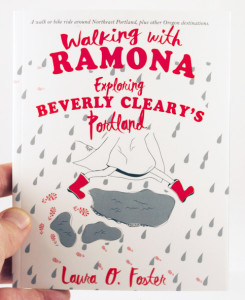
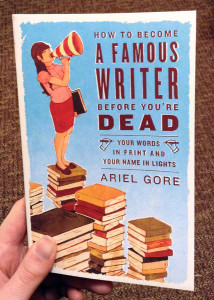
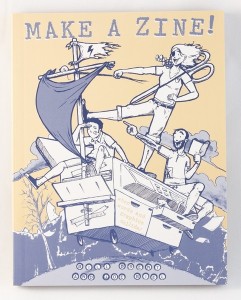
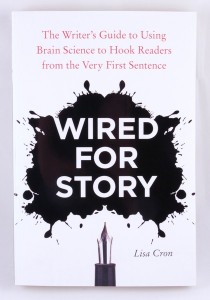

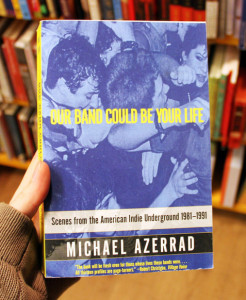
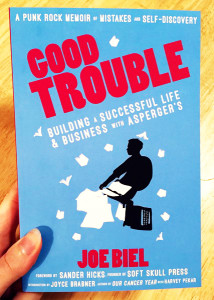

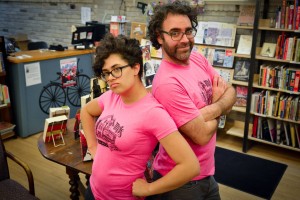
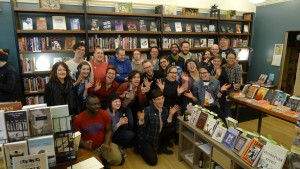
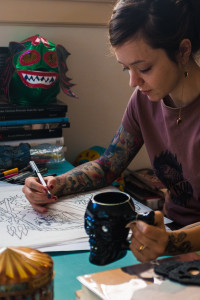
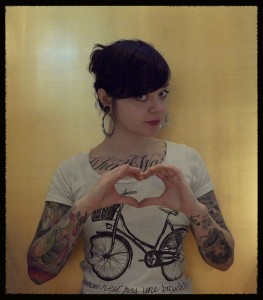



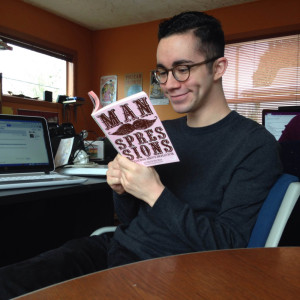
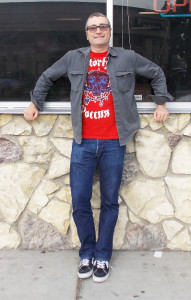 We’re stoked to announce the official publication of
We’re stoked to announce the official publication of
 4. What’s your next project that you’re most excited about?
4. What’s your next project that you’re most excited about?